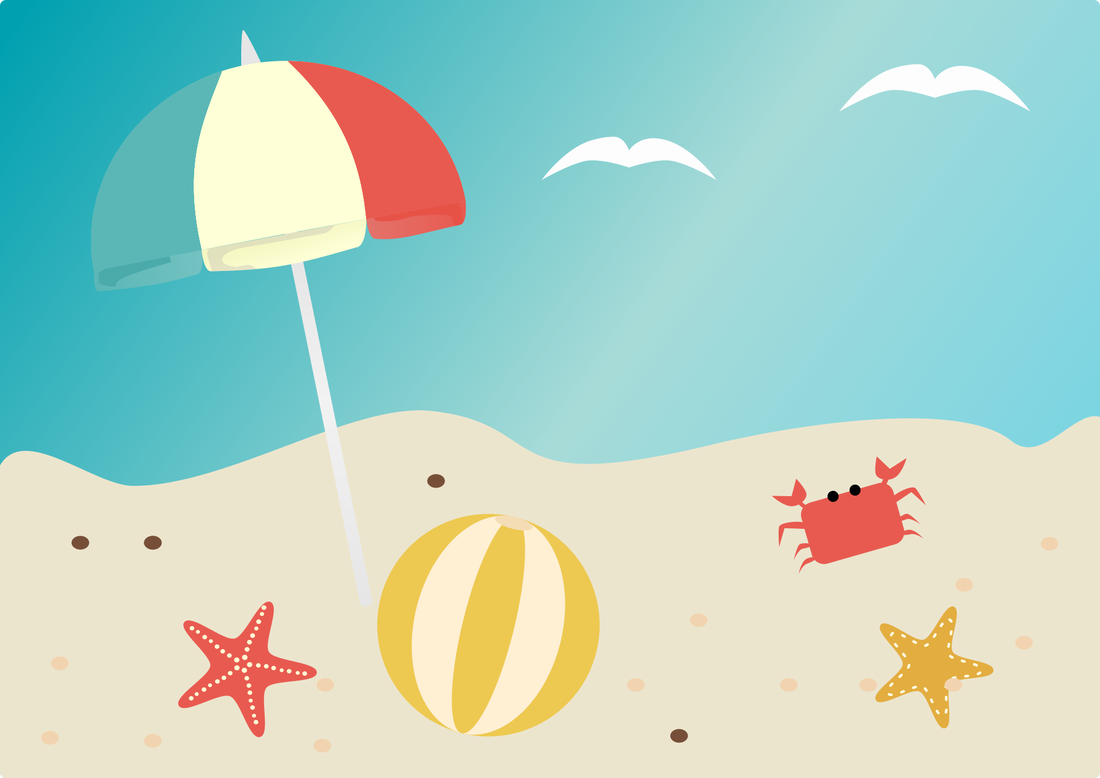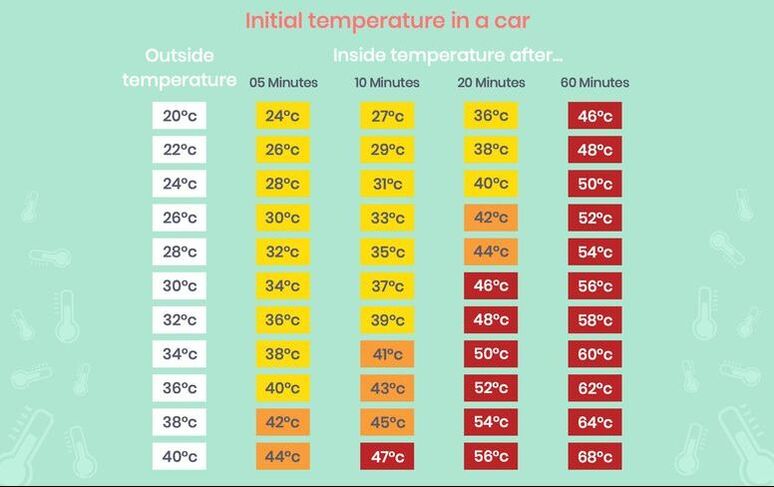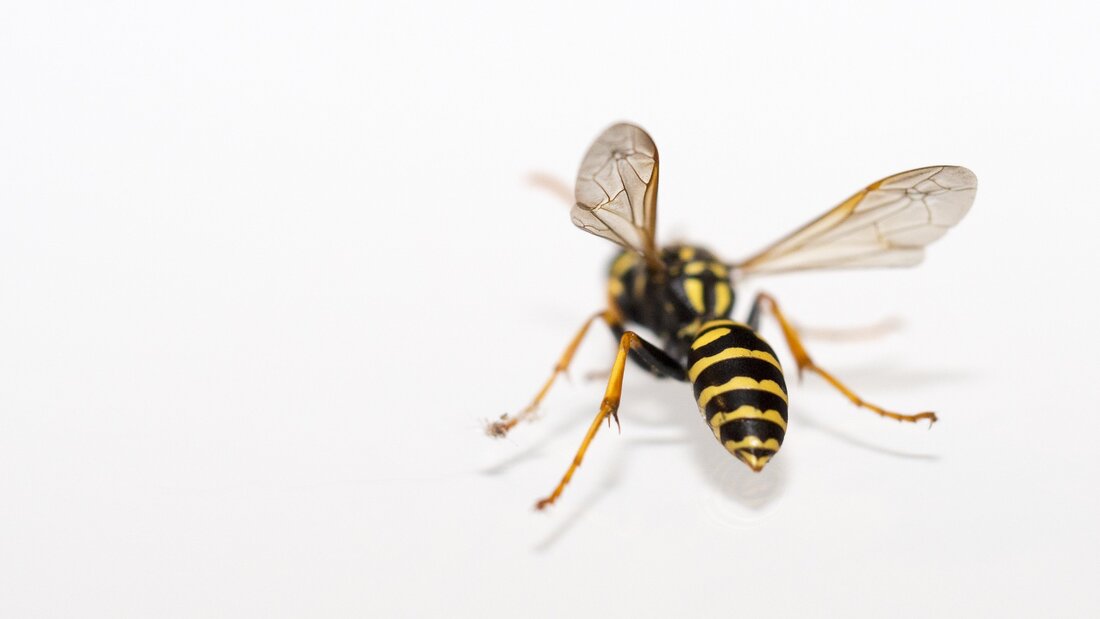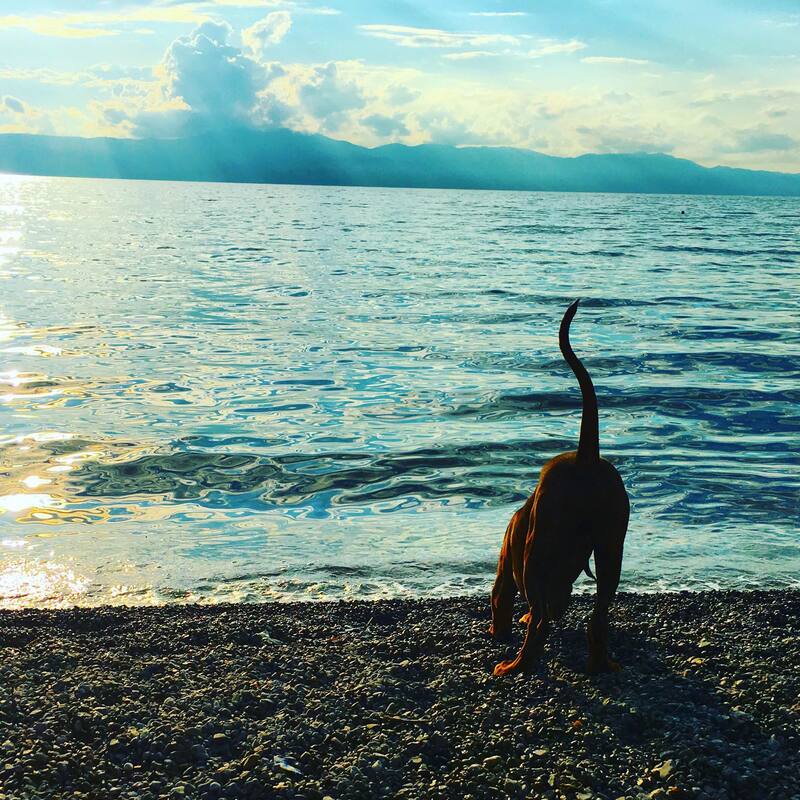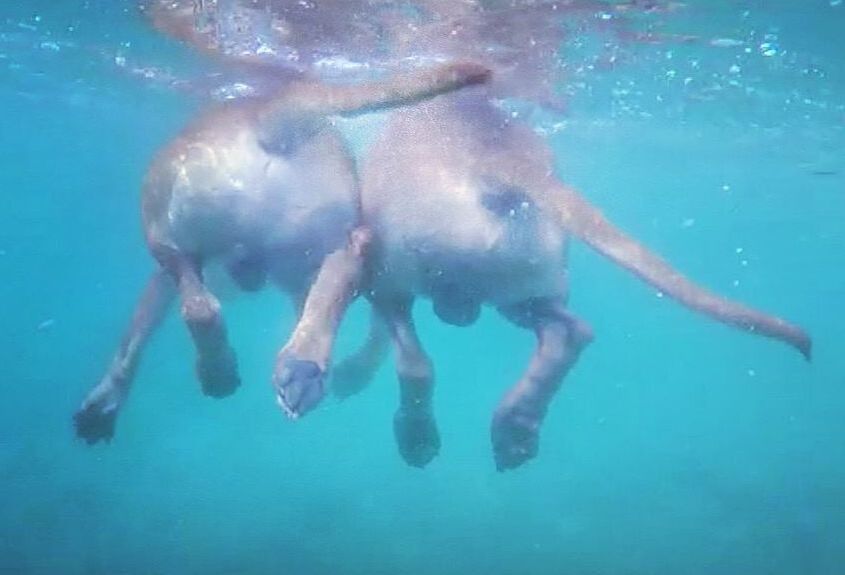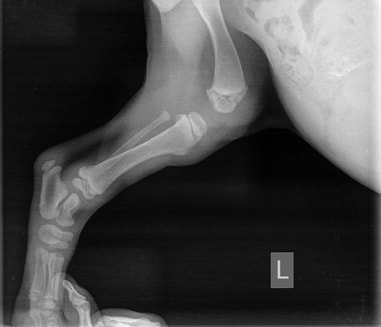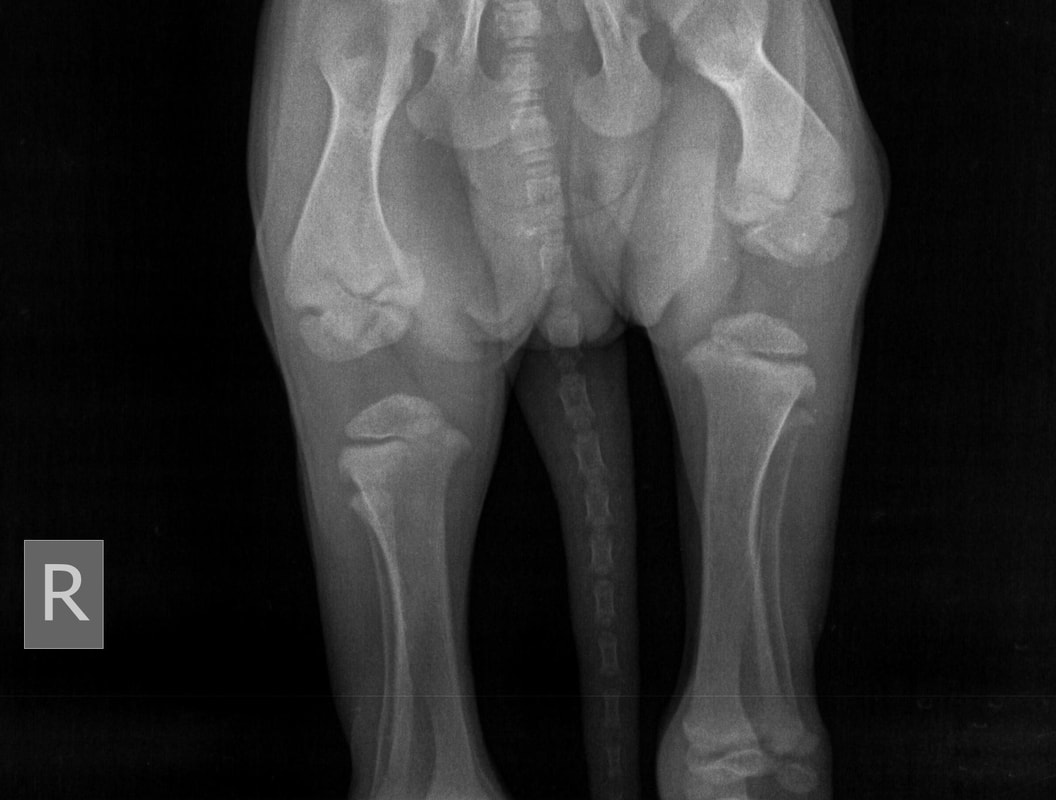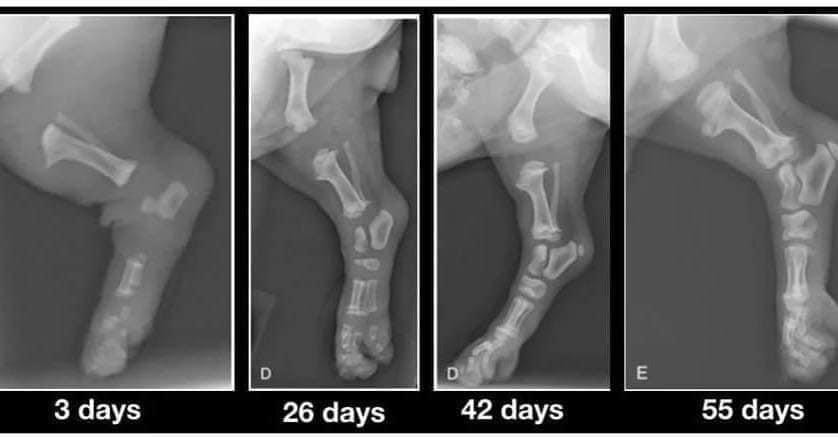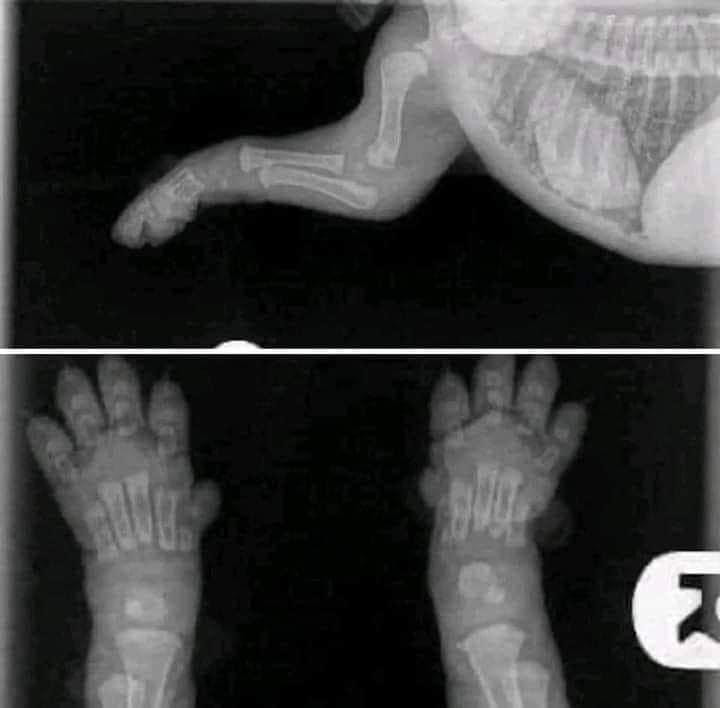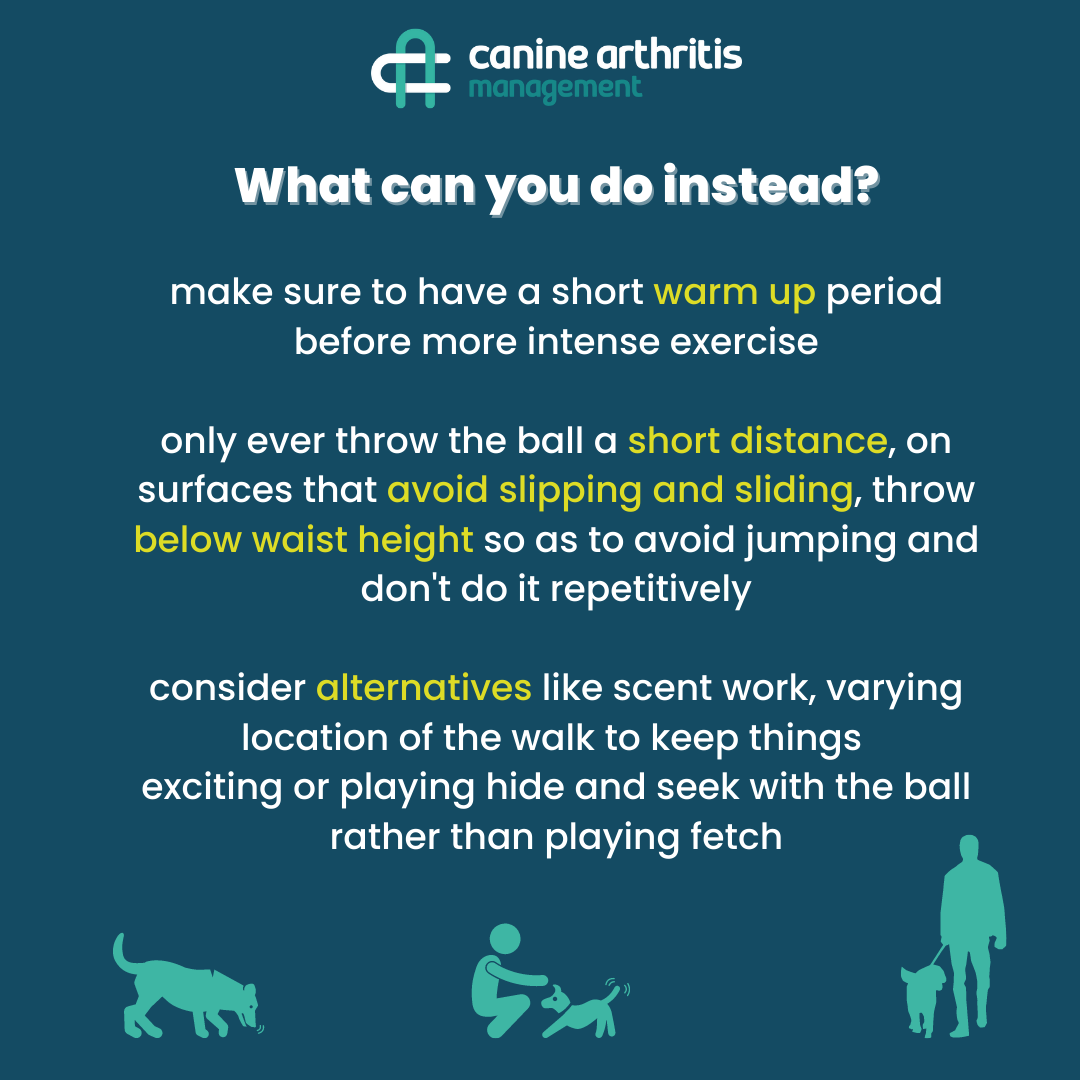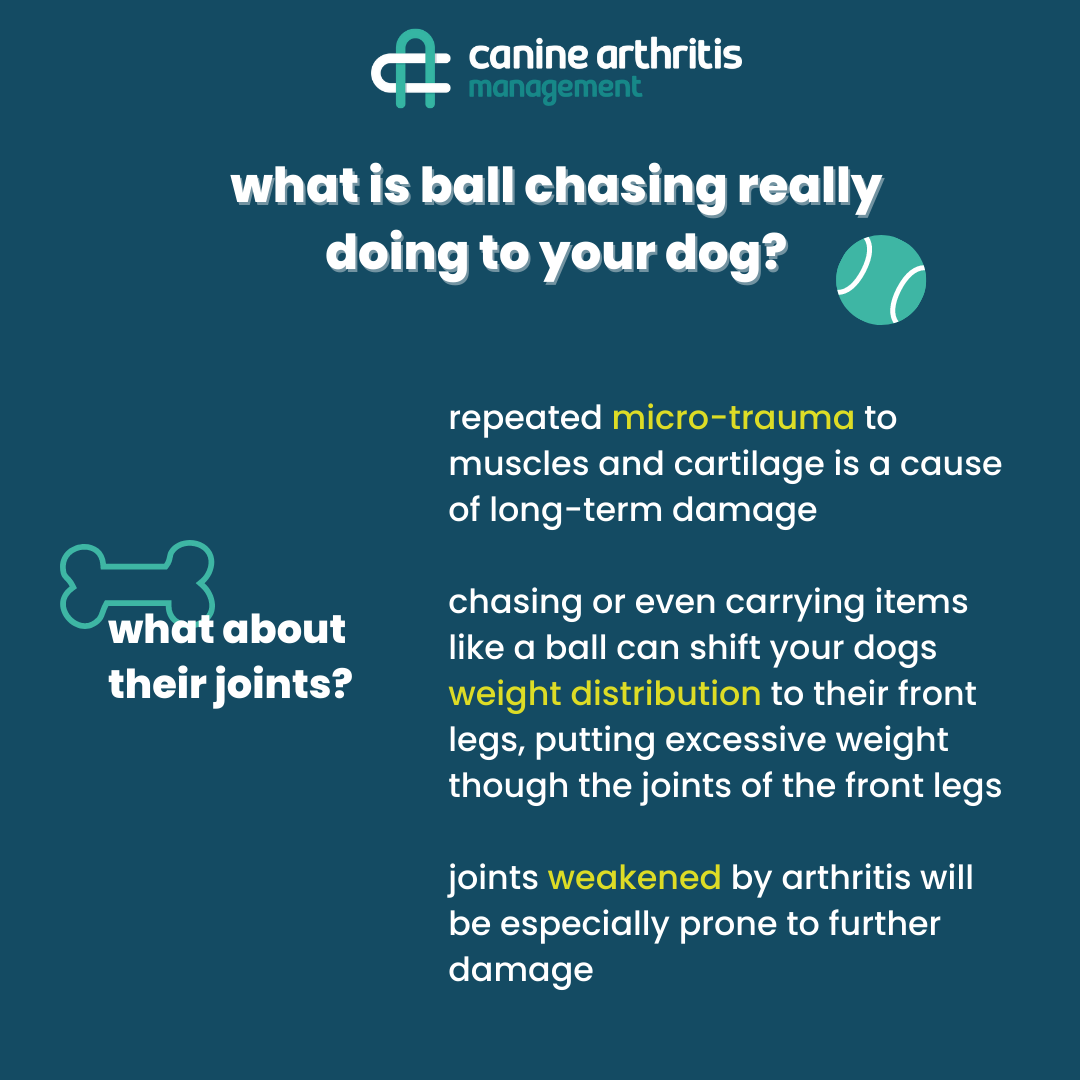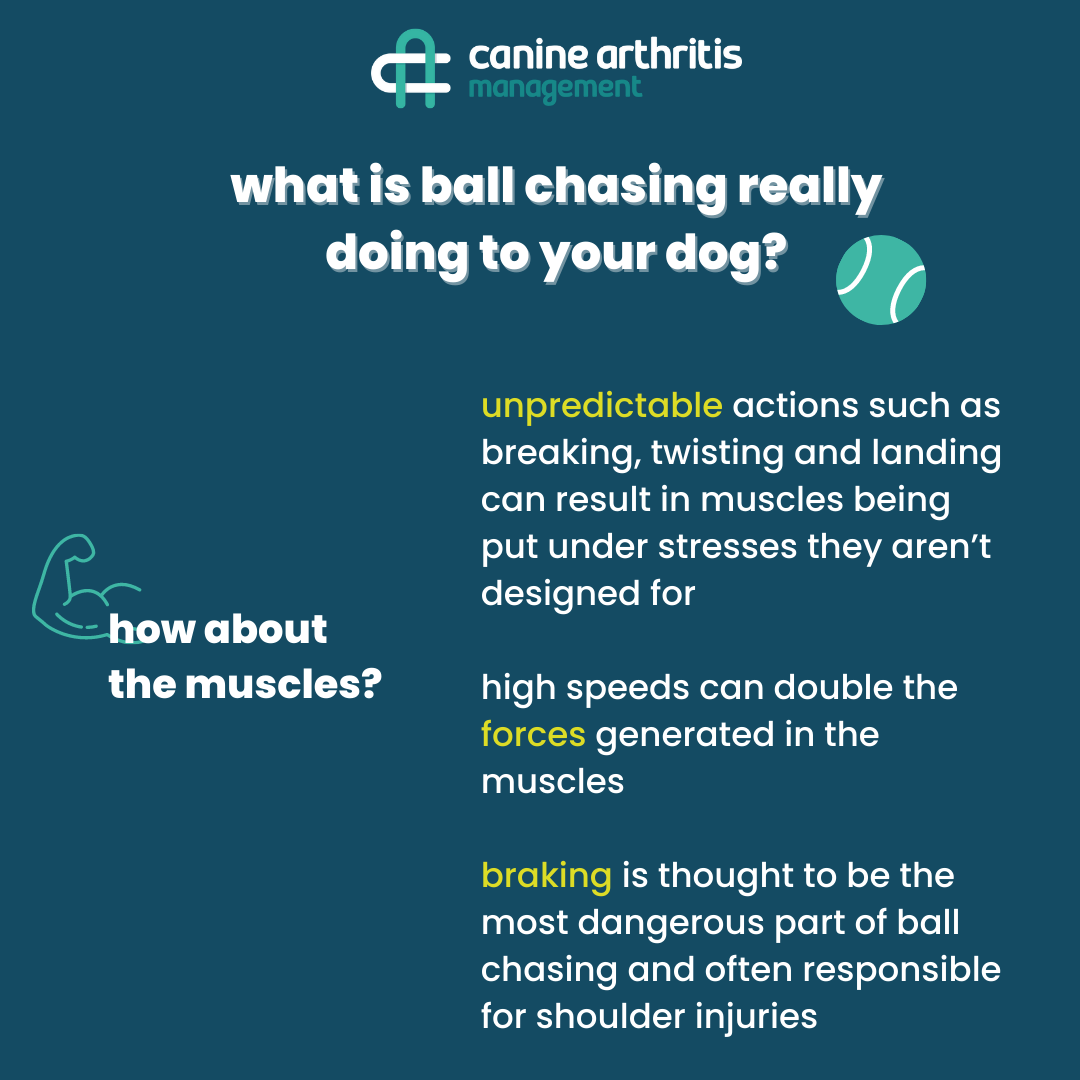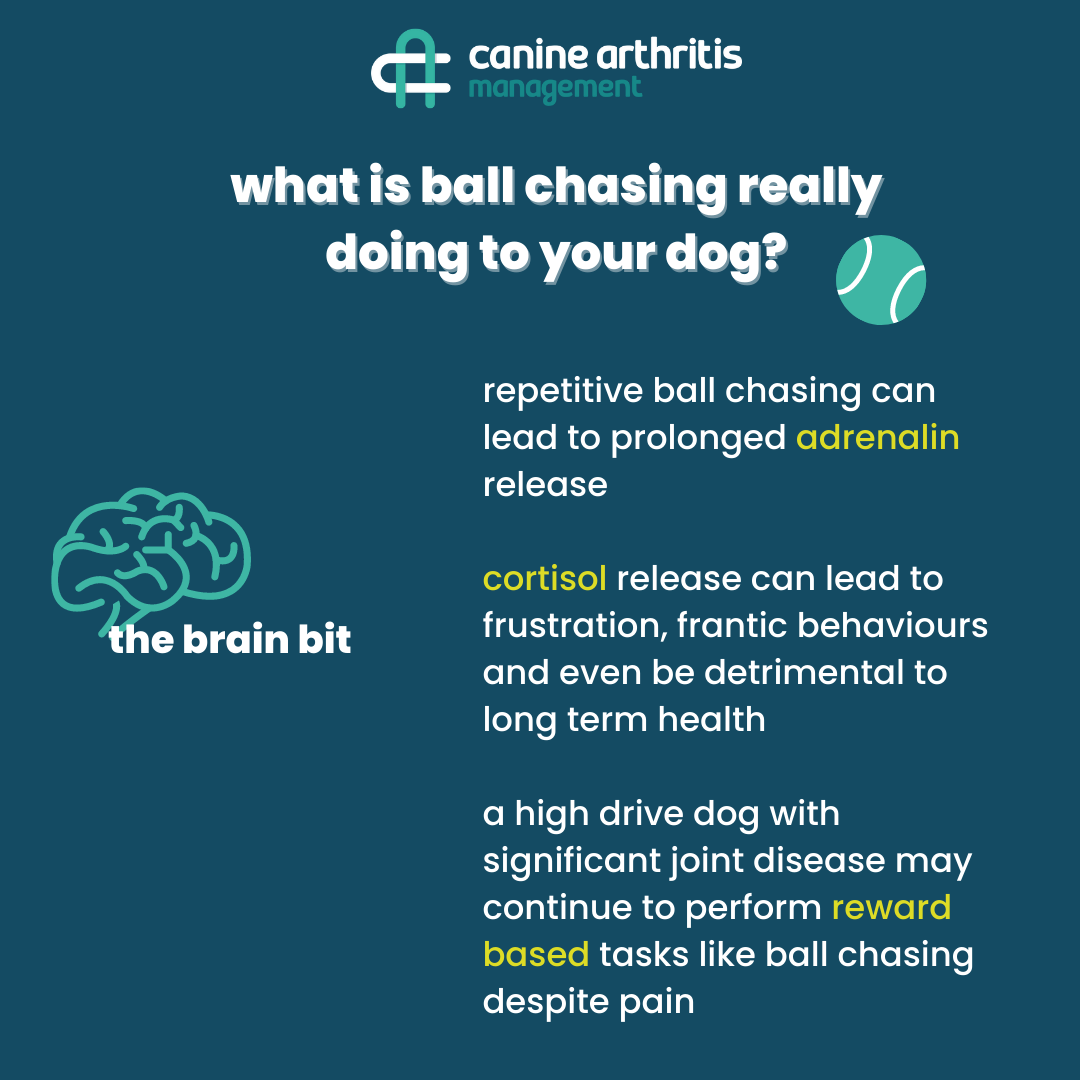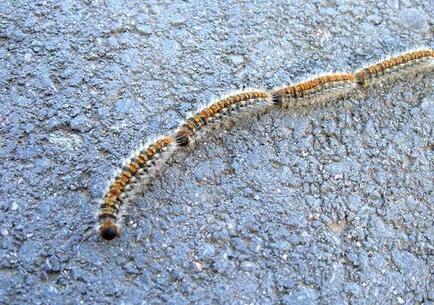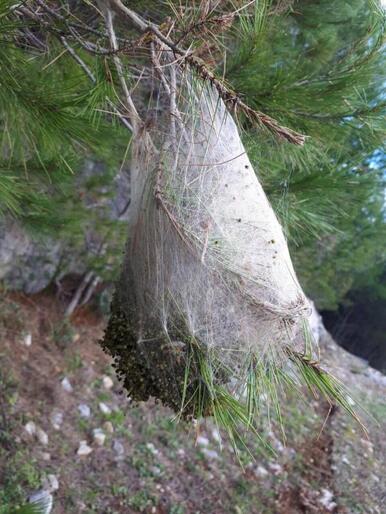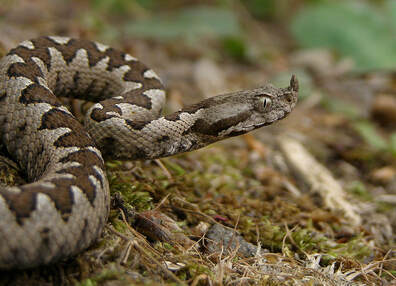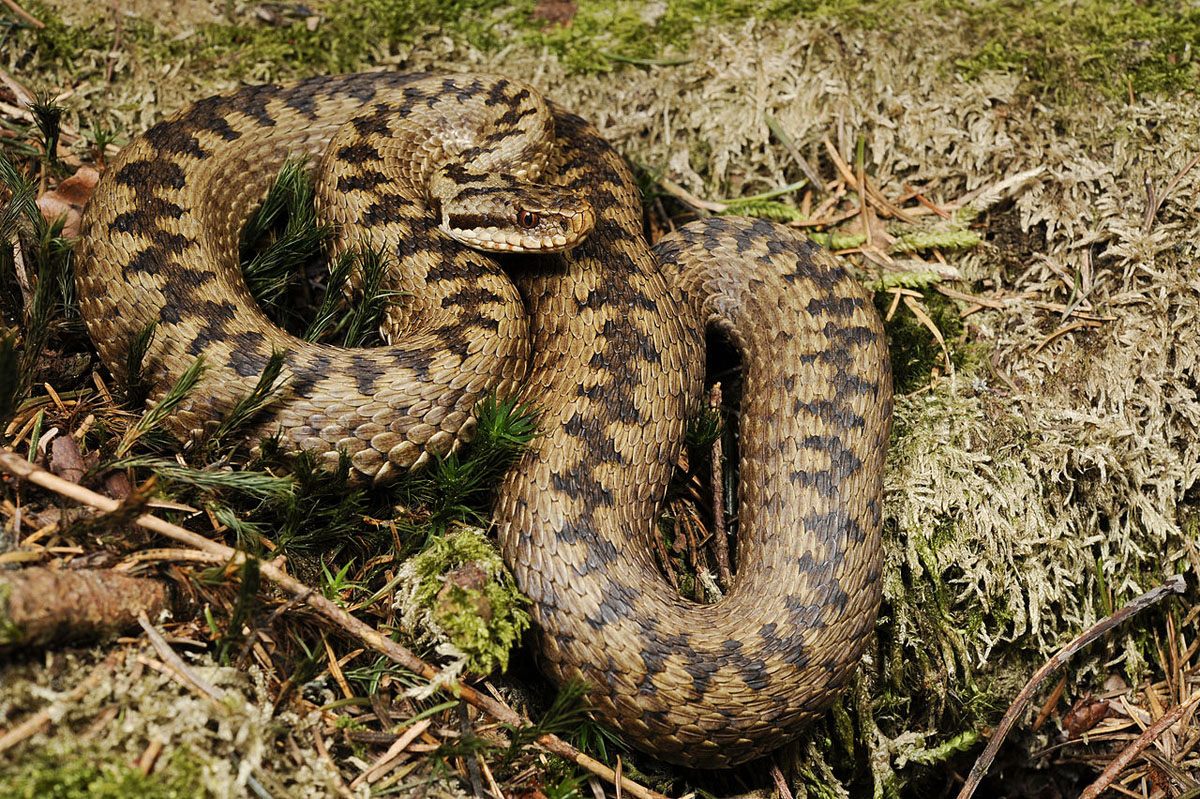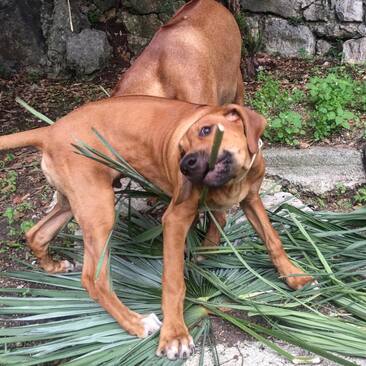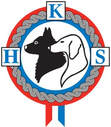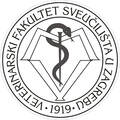|
For many of us, summer means getting outside and enjoying time in nature with our dogs! Unfortunately, this also means that our pets can be exposed to new dangers. Summer temperatures, the great outdoors, swimming, and barbecues all pose health risks to our pets if not monitored closely. Read more about what to look out for during the summer, what you can do to prevent these dangers, and how to act if an accident occurs! Heat Stroke One of the biggest summer dangers for dogs is the heat. Tragically, every year dogs die from heat stroke after being left in cars. Dogs can also suffer from heat stroke when exercising in hot weather, especially without access to sufficient drinking water. Dogs are very sensitive to heat because they cannot regulate their body temperature by sweating to cool down, in the way that humans do. Heat stroke is a life-threatening condition that causes great suffering and can cause serious damage to internal organs. Symptoms of Heat Stroke in Dogs Early signs of heat stroke may be subtle, and it’s important to know what’s normal for your dog. If gone untreated, heat stroke may lead to collapse or even death. Signs to look out for include: Becoming anxious, barking, whining or trembling Faster and heavier panting than normal Seeking shade or reluctance to move Excessive drooling or increased thirst Increased heart rate Elevated rectal temperature Deep red or purple gums that feel dry when touched Vomitting and/or diarrhea Mental dullness or glassy eyes Weakness or wobbling Difficulty breathing and collapse Loss of consciousness NEVER LET YOUR DOG IN THE CAR DURING HOT DAYS! NEVER WALK YOUR DOG IN THE HOTTEST PART OF THE DAY! DO NOT EXPOSE YOUR DOG TO ALL DAY SUN! What can you do to help your dog? If your dog shows signs of heat stroke, it’s important to act quickly! Move your dog to a cool, quiet area Offer fresh water to drink. Alternatively, a small syringe can be used to put drops of water on the dog’s tongue. Don’t force the dog to drink a large volume of water or force a syringe into its mouth. Actively cool the dog by wetting her fur and paws, but don’t submerge her head in water. Cold wet towels can be placed on the stomach, armpits, and paw pads. Refresh them frequently. Mild heat stroke may not require further treatment, but you should always consult your veterinarian for advice. If your dog is in distress or collapsed, he must be taken to the veterinary clinic right away. Treatment of Heat Stroke in Dogs In severe cases of heat stroke, rapid veterinary treatment is required - every minute counts! Call the vet to alert them that you’re on the way. On the way to the clinic, continue to cool your dog, if possible. Use a cold wet towel on her body and offer plenty of fresh cold water to drink. Insect Bites and Stings Bites or stings from insects such as wasps, ants, and mosquitoes rarely make dogs ill, but they can be itchy and sore. Some dogs, however, are hypersensitive and may have allergic reactions to these insects. The more bites or stings a dog gets at one time, the greater the risk of a more severe reaction. S igns of an acute anaphylactic reaction include: swelling at the bite site, hives, difficulty breathing, pale gums, collapse, and potentially death. Itching, facial swelling, panting, vomiting, and diarrhea are further signs of an allergic reaction. If you see these, please seek prompt veterinary advice. .Pain associated with a sting can be reduced by holding a cold wet cloth, or ice cubes wrapped in a damp cloth, against the skin. Remove the stinger, if possible, and bathe the skin with cool water. However, if your dog is stung by several wasps, a whole swam or near the mouth, seek vet advice immediately. Occasionally, your vet may need to give a corticosteroid injection, tablets, or a topical cream to reduce swelling and other signs. Seawater If dogs drink a large amount of saltwater they are likely to suffer from salt poisoning. However, they may not show signs or only vomit once. In these instances, offer fresh water to drink, little and often. Do not allow them to drink large volumes in one go to avoid further vomiting. cSigns of more severe salt poisoning include continuous vomiting, diarrhea, lethargy, stiffness, cramps, and coma. If your dog vomits multiple times, retches repeatedly or is salivating, seek veterinary advice, as your dog may require fluid therapy. Sunburn Just like humans, dogs can get a sunburn. Dogs with thin-skin or very thin fur are most at risk. Dogs, like humans, can be at increased risk of developing skin cancer if they get a sunburn. To prevent sunburn, it is best to ensure that dogs have plenty of access to cool, shady spots, and avoid long periods in the sun. Fish Hooks Dogs who go out with their owners on a fishing trip can sometimes get a fishing hook stuck in their mouth or skin. Fishing hooks often have a barb to prevent the fish detaching. If this is the case, do not try to remove the hook backward (the same way it went in) as you may cause more tissue damage. Instead, try to push the hook forwards through the skin, or use pliers to cut the hook to remove it safely. This is not always easy, especially if the dog is stressed and moving. In many cases, fishing hooks will need to be removed by a vet after a sedative has been given. These types of wounds typically heal very quickly and do not require sutures. Snake bites
more about this topic you will find at our Blog - Dangers in spring :)
0 Comments
Please keep it on mind that it is very important to be careful with puppy exercise and activities! At the age of around 9 weeks you will bring your puppy home. In upcoming period you will really have to be very careful during puppy's growth because their bones do not even touch yet. In this period puppies are totally sweet but also very vulnerable. Early Age Exercise It is very important not to have your puppy jar or stress their limbs until the bones have joined. Activities that can damage your puppy’s limbs are: climbing stairs, jumping down from heights greater than themselves, falling down stairs, jumping on sofa, jumping off sofa, running uphill and downhill and even rough play with a larger dog. If you have stairs at home, carry your puppy when going up or down the stairs as long as you can carry their weight. When you do not restrict their exercise you risk a lot! But when you are letting puppy jump up and down off the sofa or bed, take them for long walks/hikes, letting them run uphill or especially downhill you are damaging their joints. If you have tiles or slippery floors, have on mind that puppy is damaging joints if scrambles without traction! So, keep it really easy while they're still little puppies. One radiologist said very wise advice: Take 5 minute walk per month of puppy age. So, if your puppy is 3 months old, walks should not be longer than 15 minutes or if your pupp is 6 months old, 30 minute walks are just fine. Later you may increase the length of your walks. Doing so, you will not over exercise your pupp. After the age of 16 weeks you can gradually increase exercise until by about 12 month of age when your dog will be ready for normal adult exercise of 2-5km or more each day. Once grown you will have the rest of their life to spend playing in higher impact exercise. Then it will come the time when you will be free to hike, to take long walks and your dog can play like crazy with other dogs. But still, bicycle is still NO GO! Rhodesians are slow growing breed and they grow till the age of 2 years, so till their 2nd year they should not run after you riding a bike. When they will be ready for bike exercise, please have on mind that you have to start gradually to increase exercise (starting with length of 0,5km - 1 km, after one week 1-2km etc). Your dog should trot and not gallop when going after you on bicycle. Shared from Clinique Vetérinaire Vetolistic - Dr. Marie Eve Cresci "When you finally welcome your 10 week old puppies, please keep this picture in mind. Their bones ain't even touching yet. They walk so beautifully with big, flexible legs and bench movements because their joints are made up entirely of cartilage, muscles, tendons and ligaments covered with skin. Nothing is well adjusted or has real grip yet. When you make them run excessively or don't limit their exercise to prevent them from overdoing during that time, you're not giving them the chance to grow properly. Every big jump or bounce and excited run creates bone-breaking impacts. In reasonable quantities, this is not problematic and normal wear and tear will do. But when you let the puppy jump off the couch or bed, take him for long walks, you damage this joint in training. When you let the puppy move on slippery tiles, you damage the joint. You only get once to make them grow up. A well built body is something that comes from excellent upbringing and good education. BOTH , not just one Once you’re an adult, you’ll have the rest of your life to spend playing and engaging in high-impact exercises. So keep him calm while he is still young and give him the gift that can only be given once." Even the ball will probably NOT be point of interest to your Ridgeback, below you can read what does "ball chasing" to our dogs. It is really hard to decide which season is more beautiful because they all bring special beauty and vibe into our and our dogs life. After cold winter, we all get totally crazy and spend more time in nature to charge our batteries. Most of us know that we have protect our dogs against the ticks and the diseases they might bring to our RR's but except ticks (about which we will write special topic), there is more danger what our favourite season brings. The Pine CaterpillarsThis is a huge danger on Croatian coast and where else Pine trees grow and you should be alerted from the February till April when these caterpillars are becoming active and go out from their nests on the trees down to the ground. They move on the ground in columns and are very dangerous for dogs because they have developed defense against predators. These are their hairs which in contact with the skin, cause strong local irritation, which is presumed not to be related to immune mechanisms, but to be a poisonous substance they contain. In addition, their hair is also a strong allergen, so sensitive dogs (and humans!) can cause very strong allergic reactions and even an anaphylactic reaction. The reaction can also be caused by a dead not just a live caterpillar. The caterpillars are actually cute and represent a unique sight for our dog! A little hairy animal walks on the floor and just lures dog to a little sniffing and pushing with his nose. They also reportedly have a sweet smell that makes dogs try to eat it. However, on contact, there is a sudden swelling of the muzzle, the eyes are closed, the whole head of the dog begins to itch terribly, and sometimes the reaction is so strong that the dogs even vomit. The tongue may swell so much that it is no longer possible to close the muzzle in a few minutes, and necrosis of the tongue may occur and parts of the tongue may fall off. In such cases, veterinary intervention is urgently needed because there is a risk of swelling of the pharynx and airway obstruction. SnakesIn the spring when snakes come out of their holes and they are extremely active, you should keep an eye on your dogs. Do not let them move freely on the rocks, forests and tall grass where these two deadly poisonous animals that live in our areas - Riđovka and Poskok - could be found. Poisonous plants from our environmentDogs often, especially puppies like to bite and pick plants they come across either in the house or in their environment. Be careful not to bite or chew on parts of plants that are poisonous as this can be fatal for them! Try removing those plants or fencing until the puppy grows up! Common symptoms of plant poisoning • Pronounced salivation and drooling • Irritation of the mucous membranes of the eyes and lips • Nausea • Vomiting • Diarrhea • Respiratory disorders • Lethargy • Uncoordinated movement • Excitement - irritability • Dehydration • Loss of appetite • Different forms of epi attacks • Loss of consciousness and coma |
AuthorMaja Kljaić Archives
February 2023
Categories
All
|
|
UZGAJIVAČNICA RODEZIJSKIH RIĐBEKA
RHODESIAN RIDGEBACK KENNEL NEOMELE ul.1.maja 70 Reka, 48 000 Koprivnica CROATIA |
ⓒ 2024 NEOMELE - RHODESIAN RIDGEBACKS
All content and data on this website is protected by copyright.
No part of this website may be used, reproduced or utilized in any form or by any means, electronic or mechanical, without permission in writing from
Neomele kennel/Maja Kljaic & Lela Trescec.
All content and data on this website is protected by copyright.
No part of this website may be used, reproduced or utilized in any form or by any means, electronic or mechanical, without permission in writing from
Neomele kennel/Maja Kljaic & Lela Trescec.

